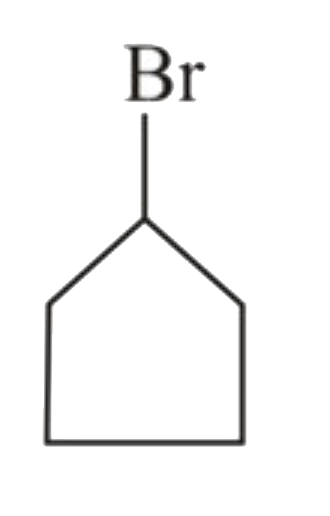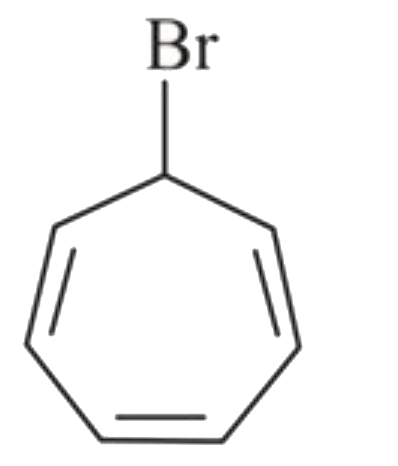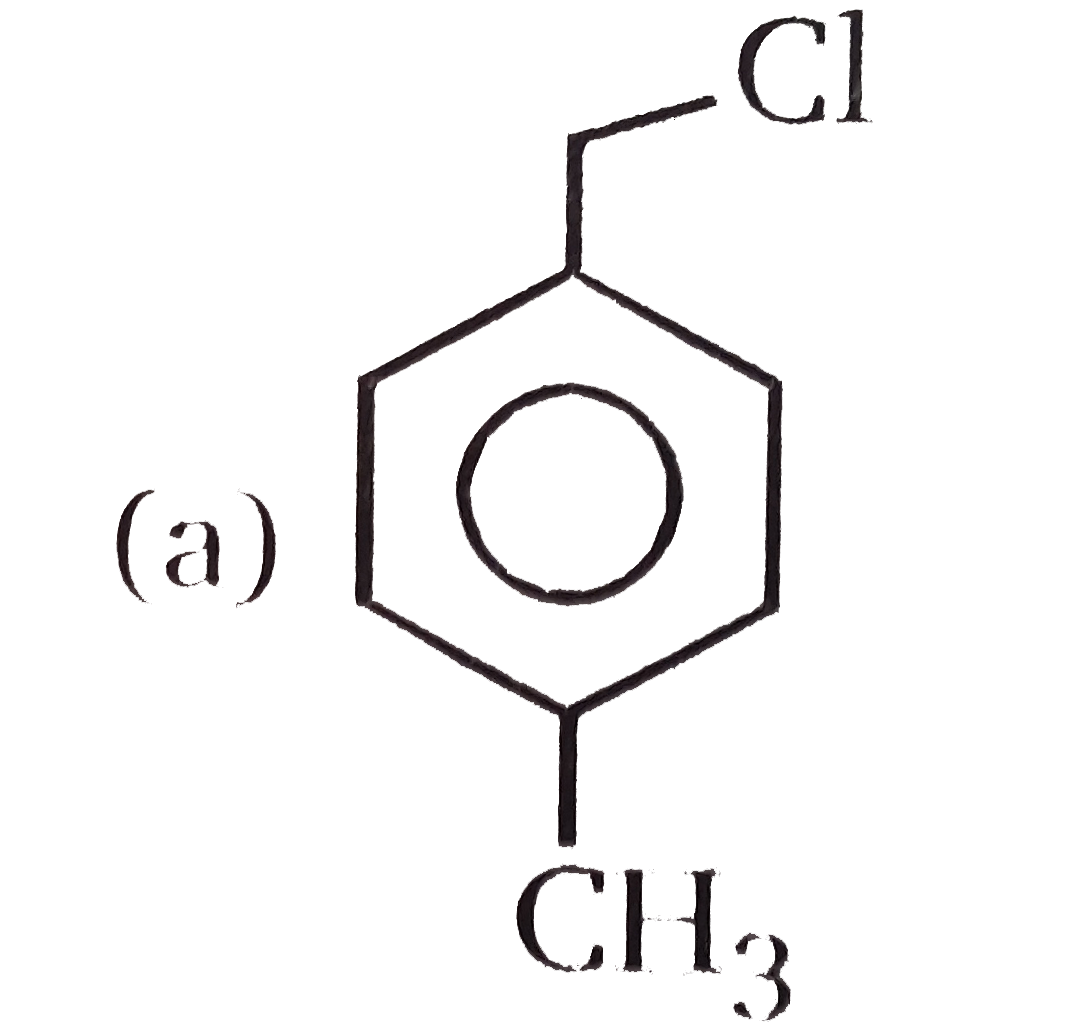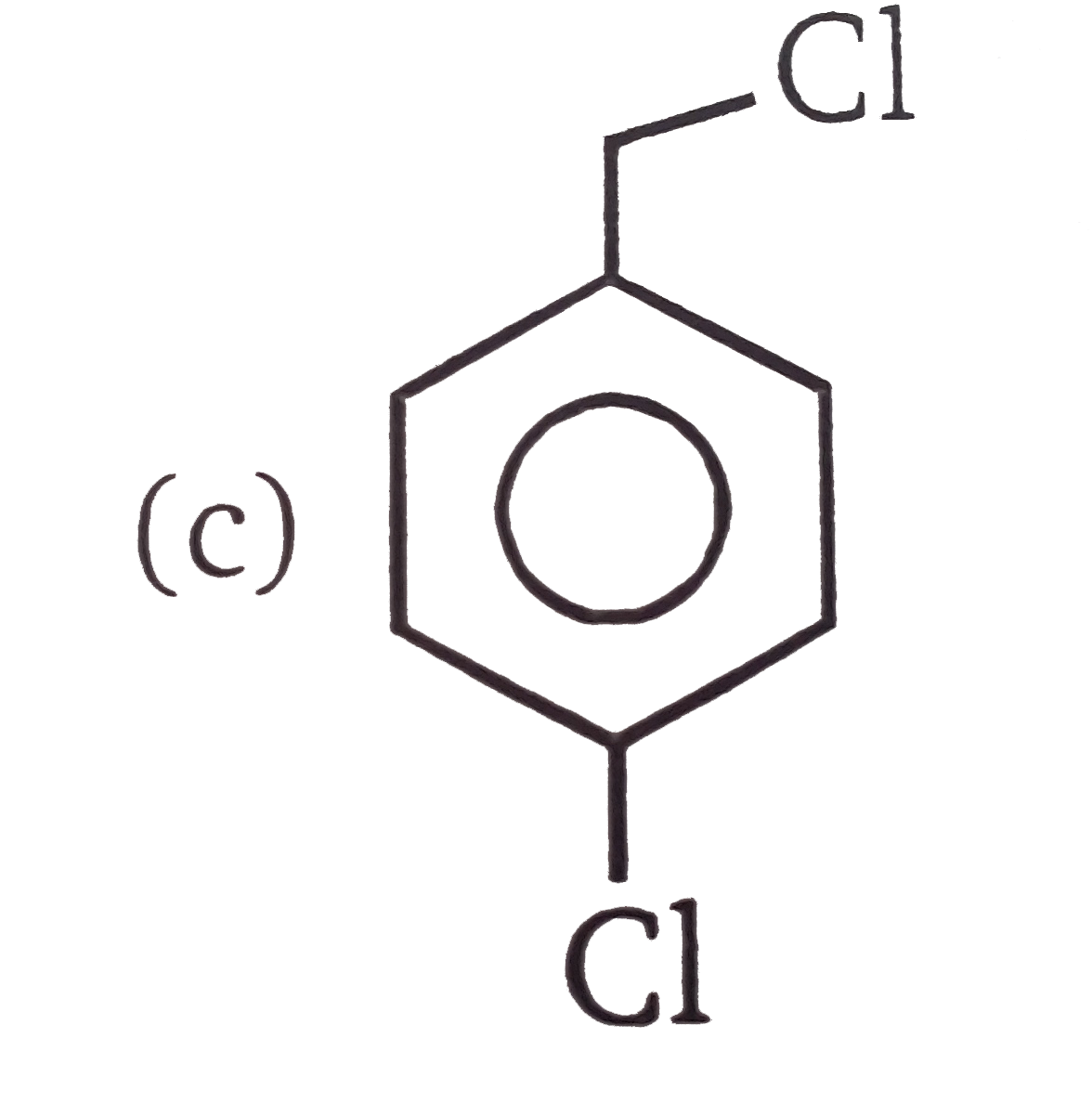Which of the following is most reactive towards SN1 reaction?
C6H5C(CH3)C6H5Br
C8H5CH2Br
C6H5CH9(C6H5)Br
C6H5CH(CH3)Br
The correct Answer is:A
To determine which compound is most reactive towards an SN1 reaction, we need to analyze the stability of the carbocations that would form when the leaving group (in this case, a halide) departs. The stability of the carbocation is crucial because SN1 reactions proceed through a carbocation intermediate.
1. Identify the Leaving Group:
In an SN1 reaction, the leaving group is typically a halide (e.g., Br, Cl, I). When the halide leaves, it generates a carbocation.
2. Carbocation Formation:
The stability of the carbocation formed after the leaving group departs is the key factor in determining the reactivity of the compound. The more stable the carbocation, the more reactive the compound will be towards SN1 reactions.
3. Evaluate Carbocation Stability:
Carbocations can be classified based on their degree of substitution:
- Tertiary Carbocations: Most stable due to hyperconjugation and inductive effects from surrounding alkyl groups.
- Secondary Carbocations: Less stable than tertiary but more stable than primary.
- Primary Carbocations: Least stable and generally not formed in SN1 reactions.
- Methyl Carbocations: Also very unstable and not favored.
4. Consider Resonance Effects:
If the carbocation can be stabilized by resonance (e.g., adjacent double bonds or aromatic systems), this will further increase its stability. For example, a carbocation adjacent to a benzene ring can be stabilized by resonance.
5. Analyze Given Compounds:
Suppose we have several compounds to analyze:
- Compound A: Tertiary halide
- Compound B: Secondary halide with resonance stabilization
- Compound C: Primary halide
- Compound D: Methyl halide
Based on the above analysis:
- Compound A would form a tertiary carbocation, which is very stable.
- Compound B would form a secondary carbocation, which is less stable but could be stabilized by resonance.
- Compound C would form a primary carbocation, which is quite unstable.
- Compound D would form a methyl carbocation, which is also very unstable.
6. Conclusion:
The compound that forms the most stable carbocation will be the most reactive towards SN1 reactions. In this case, Compound A (the tertiary halide) is likely the most reactive due to the stability of the tertiary carbocation formed.
Final Answer:
The most reactive compound towards SN1 reaction is the one that forms the most stable carbocation, which is typically a tertiary halide.
In an SN1 reaction, the leaving group is typically a halide (e.g., Br, Cl, I). When the halide leaves, it generates a carbocation.
The stability of the carbocation formed after the leaving group departs is the key factor in determining the reactivity of the compound. The more stable the carbocation, the more reactive the compound will be towards SN1 reactions.
Carbocations can be classified based on their degree of substitution:
- Tertiary Carbocations: Most stable due to hyperconjugation and inductive effects from surrounding alkyl groups.
- Secondary Carbocations: Less stable than tertiary but more stable than primary.
- Primary Carbocations: Least stable and generally not formed in SN1 reactions.
- Methyl Carbocations: Also very unstable and not favored.
If the carbocation can be stabilized by resonance (e.g., adjacent double bonds or aromatic systems), this will further increase its stability. For example, a carbocation adjacent to a benzene ring can be stabilized by resonance.
Suppose we have several compounds to analyze:
- Compound A: Tertiary halide
- Compound B: Secondary halide with resonance stabilization
- Compound C: Primary halide
- Compound D: Methyl halide
- Compound A would form a tertiary carbocation, which is very stable.
- Compound B would form a secondary carbocation, which is less stable but could be stabilized by resonance.
- Compound C would form a primary carbocation, which is quite unstable.
- Compound D would form a methyl carbocation, which is also very unstable.
The compound that forms the most stable carbocation will be the most reactive towards SN1 reactions. In this case, Compound A (the tertiary halide) is likely the most reactive due to the stability of the tertiary carbocation formed.
The most reactive compound towards SN1 reaction is the one that forms the most stable carbocation, which is typically a tertiary halide.
Topper's Solved these Questions
- SAMPLE PAPER 05Book:EDUCART PUBLICATIONChapter:SAMPLE PAPER 05Exercise:SECTION-C
Explore 6 Videos
- SAMPLE PAPER 05Book:EDUCART PUBLICATIONChapter:SAMPLE PAPER 05Exercise:SECTION-C
Explore 6 Videos
- SAMPLE PAPER 04Book:EDUCART PUBLICATIONChapter:SAMPLE PAPER 04Exercise:SECTION C
Explore 6 Videos
- SAMPLE PAPER 06Book:EDUCART PUBLICATIONChapter:SAMPLE PAPER 06Exercise:SECTION-C
Explore 6 Videos
Similar Questions
Knowledge Check
Which of the following is least reactive towards SN1?
A B
B C
C D
D
Which of the following is the most reactive towards SN1 ?
A B
B C
C D
D
Which of the foollowing is most reactive toward SN2 reaction ?
A B
B C
C D
D
Which of the following is most reactive towards H2 ?
View SolutionWhich of the following is least reactive towards SN2 reaction ?
View SolutionWhich of the following is most reactive toward SNAr :
View SolutionWhich of the following si most reactive toward SN2 reaction ?
View SolutionWhich of the following is most reactive toward SNAr?
View Solution
